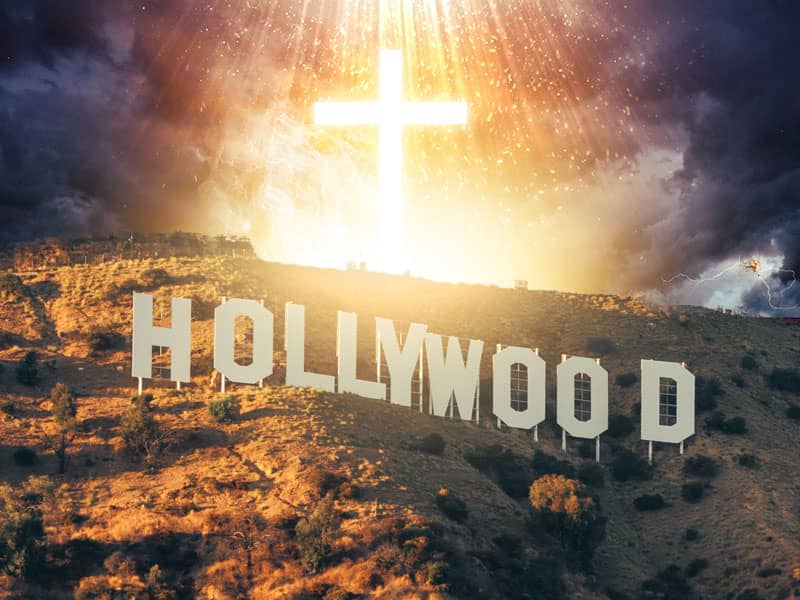No subject could be more crucial. All of our fates could be determined by whether we can grapple with conflict without spiraling into a cycle of violence under the still-present threat of massive nuclear destruction. And no subject is more potentially gripping: oppressed peoples fighting for their lives, but choosing to do so without the means of deadly weapons.
It is such a shame then that "A Force More Powerful," with hundreds of hours of shockingly intimate historical footage, delivers such an unengaging viewing experience. The series' creators should be lauded for focusing attention on these crucial stories, but to change minds and affect a "conversion" filmmakers must engage us with the most artful storytelling imaginable. "This is a story that is dying to be told," said the series' director Steven York, and he is right. Never before in documentary form have the history-making nonviolent social movements of the 20th century been examined together. In episode one, to be shown tonight on most PBS stations, we revisit the American civil-rights movement and Martin Luther King Jr.; of the independence movement in India and of Mohandas Gandhi (described as the man who "discovered" the power of nonviolent protest); and of the nonviolent, anti-apartheid freedom fighters in South Africa. The second episode focuses on the Danish resistance movement during World War II; the Solidarity movement that led to the fall of Communism in Poland; and the nonviolent struggle for democracy against Gen. Augusto Pinochet's dictatorial regime in Chile. As the Rev. James Lawson Jr., the African-American civil rights activist who organized the Nashville sit-ins in 1960, said, "It is remarkable that out of the most violent of all centuries in human history emerged such incredible stories of nonviolent resistance and protest."
It is also to the producers' credit that they do not expect people to be converted to a nonviolent approach to conflict simply by watching their program on TV. Duvall says the producers intend to change minds both in policy-making circles and in communities of oppressed peoples who are committed to fighting for their rights. To reach the policy makers, the producers are holding a host of forums with government officials, political organizers, and diplomats. To reach the policy makers of the future, as well as oppressed communities, the producers aim to get this series, along with its curriculum guide, into every school in the nation. But here is where questions arise about the way the producers have chosen to tell these crucial stories.
The style of "A Force More Powerful" is narrated in the conventional "voice of authority," lecture-style documentary, in which talking heads are intercut with historical footage, photographs, documents, and present-day footage of the sites where history took place. It may be that policy makers--people who are likely to watch PBS on a regular basis--are most affected by documentaries of this sort, but it has been shown time and time again that young people are not. And regrettably, this particular example of the conventional documentary style is a far cry from the masterful work of the shops of Ken Burns ("The Civil War") and Henry Hampton ("Eyes on the Prize"). The choice of shooting on videotape instead of film, the sloppy and inconsistent manner in which some interviews are recorded in interiors and others in front of a black screen, and the heavy-handed use of a melodramatic musical score are but three of the unfortunate directorial choices that cheapen the look and feel of the program and undermine the power of the stories being told. Ben Kingsley as the narrator makes sense, given his Oscar-winning portrayal of Gandhi in Richard Attenborough's 1982 film. But he proves an unfortunate choice. He sounds like every other sterile, Anglo "voice of authority" narrator, speaking without passion at a great distance from the bloodshed, grit, and labor evidenced in the clashes we witness.
In this media-saturated age, it is not enough to tell an important story or even an unprecedented one. One must tell an important story well. There are too many channels, too many opportunities to tune out, whether it be in choosing between excellent and mediocre public television programming or sitting in a 10th-grade social studies class. If one wants to reach youth, one must understand the style and language of youth culture.
The best documentary filmmakers know that, and are doing so. When asked what he thought of "A Force More Powerful," Rev. James Lawson, civil rights activist, said, "This had never been done before--the information is now available from one source. If people want to look at it, they can." To affect conversion, however, filmmakers can't wait for viewers to seek a new way of thinking, but must move and awaken them. The media, when well handled, can be a powerful tool to that end. Violence is made appealing in extremely artful and moving films on a daily basis. Perhaps in the future, a documentary on nonviolence will get the artful treatment it deserves, so that it can have the highest possible impact and help to affect a world conversion indeed.

